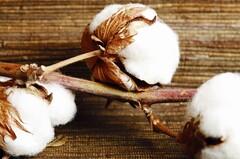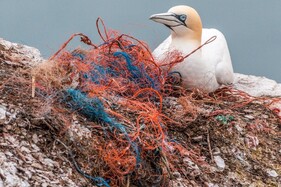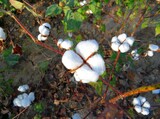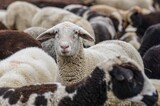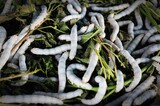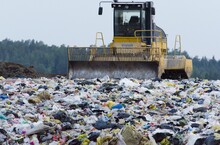All images in the blog came from Pixabay.
Like many people, I have done my best to avoid buying products in single-use plastic bags and opted for cloth bags when buying fresh produce, because of the damage to the environment and to wildlife caused by plastic bags.
Recently, nanoplastics from clothing, have been highlighted in the news. When synthetic clothing is washed, microscopic pieces, called nanoplastic, fragment from synthetic (plastic) garments and remain in the water, draining into water treatment systems and even the ocean. Synthetic (plastic) fibres are ANY fibres which not natural fibres like wool, cotton, linen, silk, etc.
Synthetic (plastic) fibres were created for several good reasons. They are not susceptible to moth damage, dry quickly, crease less (making them immensely popular with those who hate ironing), are cheap and not dependant on successful fibre crops and harvesting.
They are, however, unhealthy for humans, as they:- Are ‘airtight’ and prevent skin from breathing, leading to clogged pores and skin infections.
- Create nanoplastics, through friction during washing, and while wearing the garment. Even handling or touching these fabrics in your clothing or cloths can cause microscopic particles to be inhaled, transferred to your hands, and then be ingested causing several severe health issues, including cancers. Microplastics are being found in the placentas of prebirth babies and in new-born babies.
- Cause air, ground and water pollution through their manufacturing process.
- Create air, ground and water pollution through their disposal.
THIS IS SERIOUS.
There are implications for wildlife and the environment, since most synthetic fibres are not recycled and are dumped in overflowing landfills.
I have decided any clothes I buy will be natural fibres, as far as possible. I live in a very cold, wet climate and I do not know if there are eco-friendly, natural windbreaker/waterproof jacket options – but I will keep my eyes open for them. Maybe we need to return to good, old-fashioned oilskins and quilted cotton jackets.
Yes, I may need to do more ironing – or I can embrace wearing creased and wrinkled clothes.
Yes, I will have to set moth traps to keep moths away from my wool wear.
Yes, I may not have as many choices, but how many pairs of trousers do I really need?
Currently I need very few clothes as I have a wardrobe full of them, and I will wear them until they perish. Only then will I selectively replace them, even if it means saving up and spending more for fewer, better quality, natural fibre garments and homeware.
Will you join me in turning away from wearing synthetic fibre clothes?
Recommended Reading:
1. https://www.newshub.co.nz/home/lifestyle/2021/07/washing-machine-filters-failing-to-stop-microplastic-pollutants-ending-up-on-kiwi-beaches.html
2. https://amberoot.com/blogs/blog/synthetic-clothes-and-the-consequences-to-our-health
3. https://www.trustedclothes.com/blog/2018/08/09/three-ethical-reasons-to-avoid-synthetic-fabrics-and-switch-to-natural-fabrics/
4. https://www.masterclass.com/articles/natural-vs-synthetic-fibers#what-are-natural-fibers
